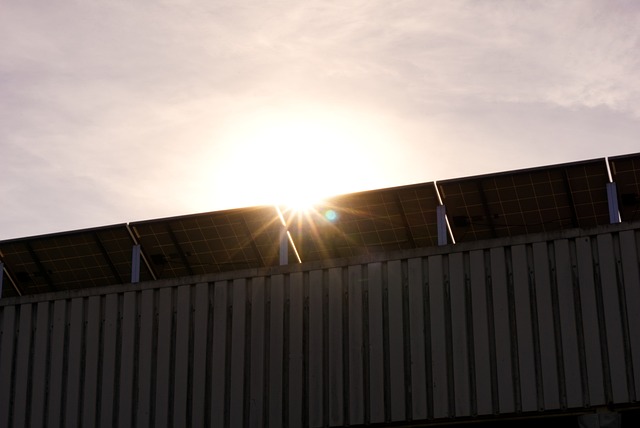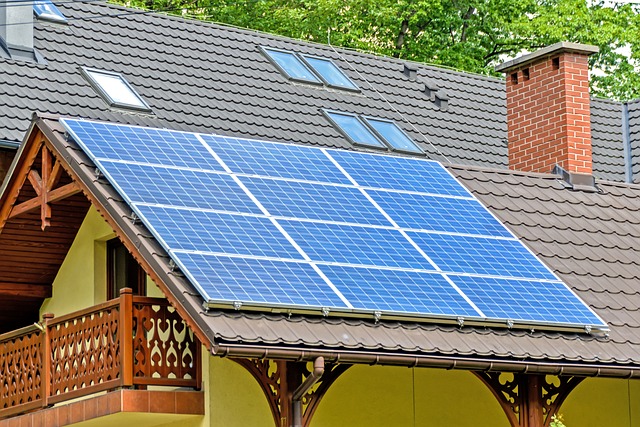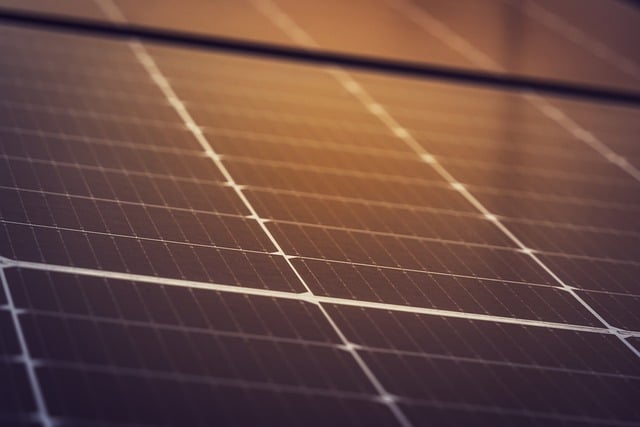Solar panels are a significant investment in clean, renewable energy. They are designed to last for decades, but like any equipment, they require proper care to maximize their lifespan.
With routine maintenance and smart usage, you can extend the life of your solar panels well beyond their warranty period. In this article, we’ll discuss key techniques to maximize the lifespan of your solar panels and ensure that they continue to perform optimally for years to come.
1. Regular Cleaning to Maintain Efficiency
One of the simplest yet most effective ways to extend the lifespan of your solar panels is to keep them clean. Dust, dirt, bird droppings, leaves, and other debris can accumulate on the surface, blocking sunlight and reducing the panels’ efficiency. Here’s how you can keep your panels clean:
- Routine Inspection: Regularly inspect your solar panels for signs of dirt build-up. Depending on your location, dust and debris can accumulate more quickly, especially in areas with high pollution, near construction sites, or in regions that experience frequent sandstorms.
- Cleaning Frequency: In most cases, solar panels need to be cleaned a few times a year. However, areas prone to more dust or dirt may require monthly cleaning. A good time to clean is early in the morning or late in the evening when the panels are cool, as cleaning them when they are hot can cause the glass to crack.
- Proper Cleaning Techniques: Use a soft brush or sponge and mild soap with water to clean the surface of the panels. Avoid using abrasive materials or harsh chemicals, as they can scratch or damage the glass surface. A garden hose with a sprayer can be a quick way to rinse off dirt without the risk of scratching.
- Professional Cleaning: If the panels are installed on a roof or in hard-to-reach areas, it may be wise to hire professionals. They have the proper equipment and expertise to clean your panels safely and thoroughly.

2. Protect Against Physical Damage and Weather Elements
Physical damage is a leading cause of reduced lifespan in solar panels. Properly shielding your panels from the elements is crucial to maximize the lifespan of your solar panels:
- Install Protective Barriers: If you live in an area prone to hail, falling branches, or flying debris during storms, consider installing protective barriers like mesh covers or nets around the panels. These can help prevent damage from large objects while still allowing sunlight to reach the panels.
- Choose a Strategic Installation Location: When installing solar panels, consider locations that minimize exposure to potential damage. Avoid placing them directly under overhanging tree branches that may break during storms. Additionally, the installation angle can play a role in shedding snow and preventing the accumulation of leaves or dirt.
- Check for Mounting Stability: Solar panels should be securely mounted to withstand high winds and other weather conditions. Inspect the mounting brackets periodically to ensure they are in good condition and that there are no loose bolts or parts. A stable installation reduces the risk of physical damage to the panels.
- Use a Solar Panel Cover: If you live in an area that experiences extreme weather conditions, like heavy snowfalls or hailstorms, consider investing in a solar panel cover. These covers can protect the panels during severe weather while allowing light to pass through.
3. Monitor and Maintain the Electrical Components
The efficiency and lifespan of your solar panels also depend on the condition of their electrical components. Regularly monitoring and maintaining these parts ensures that the entire system operates smoothly and help to maximize the lifespan of your solar panels.
- Inspect Inverters and Cables: The inverter is the heart of your solar energy system, converting the DC electricity generated by your panels into usable AC power. Inspect the inverter regularly for any error messages or warning lights. Additionally, check the cables and connections for signs of wear, corrosion, or loose connections.
- Use Surge Protection: Solar panels are vulnerable to power surges caused by lightning strikes or electrical faults. Installing surge protectors can prevent these surges from damaging the electrical components of your system.
- Monitor Performance: Modern solar panel systems often come with monitoring systems that track the energy output. By regularly checking this data, you can spot any drops in performance that may indicate issues with the panels, wiring, or inverter. Early detection of problems can help address them before they cause significant damage.
- Schedule Professional Inspections: While regular self-checks are important, professional inspections can catch problems you might miss. Schedule a professional maintenance check at least once every few years to ensure all components are in optimal condition.

4. Optimize Sun Exposure and Temperature Control
Proper placement and temperature control are crucial to maximize the lifespan of your solar panels.
- Optimal Placement: Install your solar panels where they receive maximum sunlight throughout the day. In the Northern Hemisphere, this usually means placing them on a south-facing roof with a tilt angle equal to the latitude of your location. Avoid areas shaded by trees, buildings, or other obstructions.
- Temperature Management: Solar panels are designed to withstand a wide range of temperatures, but excessive heat can decrease their efficiency. Ensure there is adequate airflow around the panels to help dissipate heat. Elevated mounts can provide natural ventilation and keep the panels cooler.
- Seasonal Adjustments: In some systems, the tilt angle of solar panels can be adjusted to maximize sun exposure during different seasons. Adjusting the tilt to a steeper angle in the winter can capture more sunlight during the shorter days, while a flatter angle in the summer maximizes exposure during the longer days.
FAQs about how to maximize the lifespan of your solar panels
Q1: How often should I clean my solar panels?
A: Cleaning frequency depends on your environment. Generally, panels need to be cleaned a few times a year. In dusty areas, monthly cleaning might be necessary. Regular inspections can help determine the best cleaning schedule for your location.
Q2: Can I use a pressure washer to clean my solar panels?
A: It’s not recommended to use a pressure washer as the high pressure can damage the surface of the panels. Instead, use a soft sponge, brush, or a garden hose with a gentle spray setting.
Q3: What is the typical lifespan of solar panels?
A: Most solar panels come with a warranty of 25-30 years. However, with proper maintenance, they can continue to produce electricity efficiently well beyond this period.
Q4: How do I know if my solar panels are working efficiently?
A: Monitoring systems provided with modern solar panel installations allow you to track their performance. A significant drop in energy output could indicate an issue with the panels, inverter, or wiring.
Q5: What should I do in the case of severe weather?
A: If extreme weather is expected, like hailstorms or hurricanes, using protective covers or shields can help protect your panels. After the event, inspect the panels for any signs of damage and clean off any debris that may have accumulated.
By following these techniques and maintaining a proactive approach, you can significantly extend the lifespan of your solar panels, ensuring a consistent and efficient source of clean energy for years to come.

